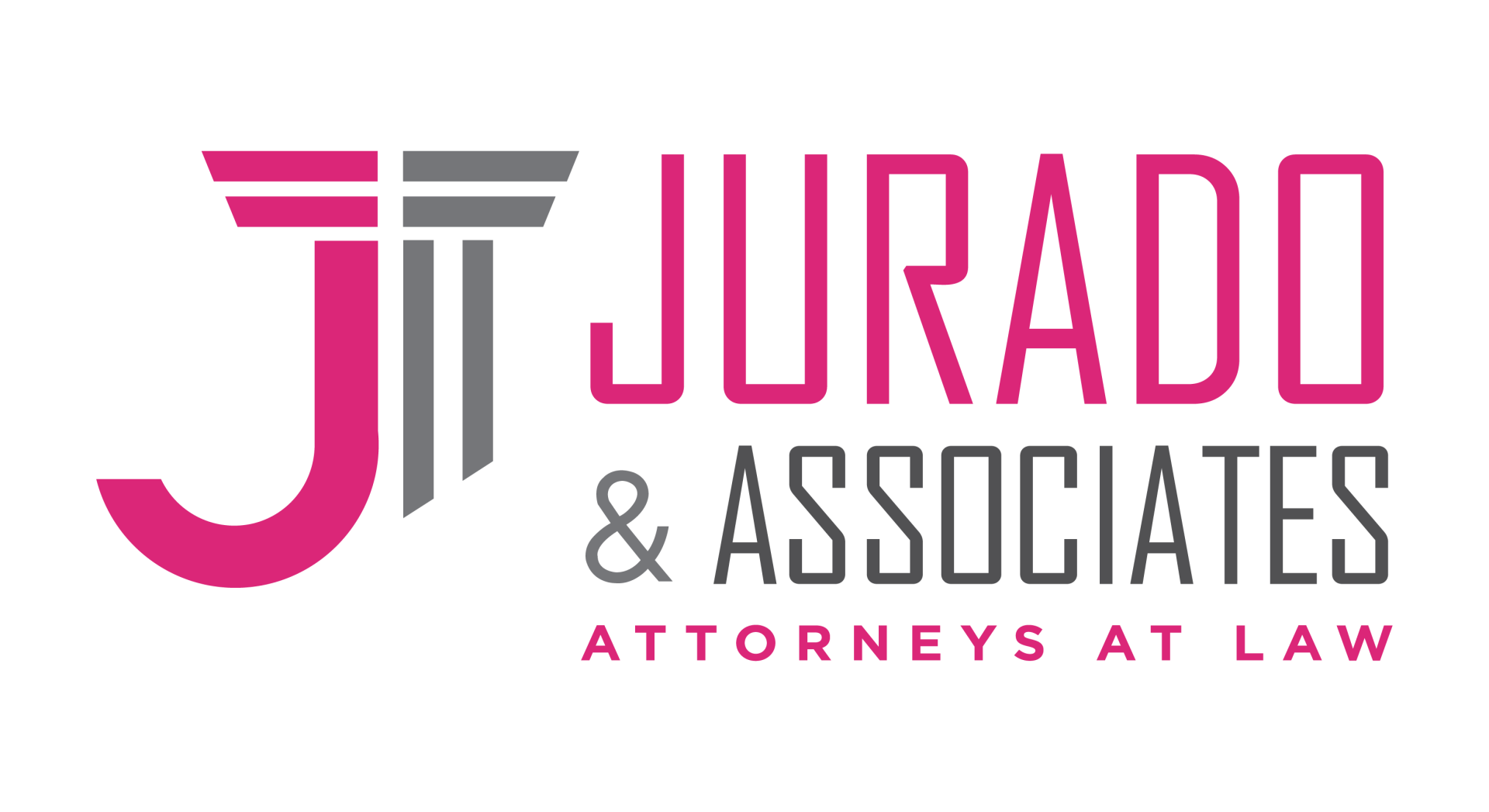Effective March 15, 2022, the EB-5 Reform and Integrity Act re-introduced the Regional Center Program and created new requirements that EB-5 investors must meet when applying with the United States Citizenship and Immigration Services (USCIS).
In this article, you will understand the difference between investment in an EB-5 regional center and direct EB-5 investment.
EB-5 Immigrant Investor Program – The Fundamentals
Administered by USCIS, the EB-5 Immigrant Investor Program allows eligible investors to apply for a green card upon investing the required amount of capital in a US commercial enterprise and creating (or planning to create) at least ten full-time job positions for qualifying workers.
Currently, the minimum amount of investment required is $1,050,000. EB-5 applicants opting to invest in a Targeted Employment Area (TEA) may qualify for a reduced investment of $800,000. A TEA can be either a rural area or an area affected by high unemployment rates approved by USCIS.
The reduced investment also applies to infrastructure projects, which are capital investment projects administered by a governmental entity. These projects rely on EB-5 investors as a source of financing for maintaining, improving, or constructing a public works project to boost job creation.
EB5 Regional Center vs. Direct Investment – Full Walkthrough
When filing with USCIS to obtain an EB-5 immigrant visa, applicants have two options – standard investment and regional center investments. In a standard EB-5 investment, the applicant invests directly in a US commercial enterprise, which can be located within or outside a TEA.
Conversely, regional centers are government-approved projects that serve as pools of capital to fund new commercial enterprises. In such cases, the government invests in the regional center, and the capital invested is used to fund the project.
Ultimately, the result is similar, as the EB-5 investor can obtain a conditional green card. After two years, successful EB-5 applicants can file to adjust their status with USCIS and receive permanent legal resident status.
Please note that removing conditions from a green card requires EB-5 investors to prove that the investment has not been retracted and the job creation requirement has been properly met. Each case is different, which means there is no fixed solution that fits the circumstances of all applicants.
The re-introduction of the Regional Center Program offers a great opportunity for prospective EB-5 investors seeking to be part of the program but not necessarily interested in controlling or managing a new commercial enterprise.
When a foreign investor invests in a Regional Center, the project already has a management structure responsible for decision-making. However, it is also riskier, as the amount invested is no longer under the investor’s control.
Compared to regional center investment, the direct approach is much faster and less complicated for applicants applying individually. Investing in a regional center requires a careful review of the project, the terms and conditions of the agreement, and several other formalities.
Another factor involved in regional center investments is the required amount of capital. Direct investments tend to be less expensive than investing in a regional center, especially as the applicant can decide when and where to invest the funds.
EB5 Regional Center vs. Direct Investment – Immediately Contact an Expert Attorney to Discover the Best Option for Your Case
Waste no time with uncertainty. Contact Immigration Attorney Romy B. Jurado today by calling (305) 921-0976 or emailing [email protected] to find the best route for a successful EB-5 investment.





